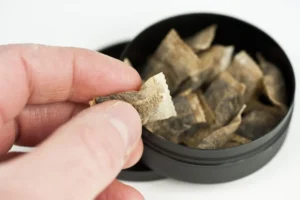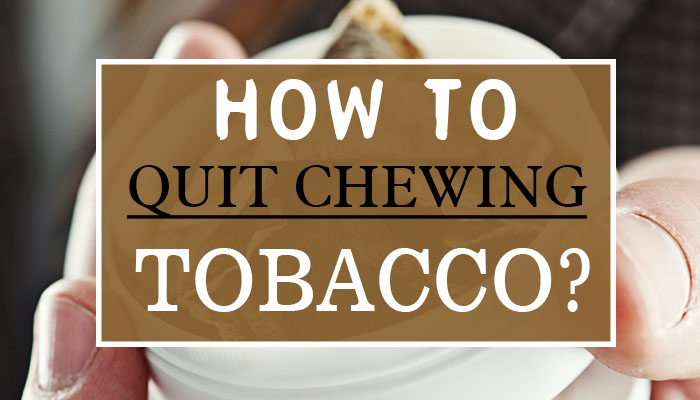A Cigarette says: Today you turn me into ashes, but tomorrow is my turn
Giving up smokeless tobacco is challenging. But having a plan is helpful. Any day is an enjoyable day to stop dipping or chewing tobacco. Pick a day that is within the next weeks, so you have time to plan. Many people find that times with little stress are best.
You are a dipper; thus, you want to stop. You may already know that giving up dip or chew is difficult, but you can do it! We want to support you in developing your own quitting strategy. Smoking and smokeless tobacco cessation are similar processes. Both involve nicotine-containing tobacco products and the physical, mental, and emotional aspects of addiction.
Although there is not a single proper approach to stop, there are a few crucial tasks that must be completed. It is vital to create your willpower recipe. Here are some essential steps for quitting covered. This advice was developed in response to suggestions from chewers and dippers who have given up the practice.
Life is just one chance. Instead of wasting it utilize it. So, set your goals now and get ready for quitting.
Goals for quitting:
Choose your stop date—do not wait more than a month—and firmly resolve to stick with it. By cutting back before you quit, you could get in the right frame of mind, but quit on the designated day! Not a single pinch!
Know why you are stopping. To get through the first few weeks without cigarettes, you must truly desire to stop. Do not let peer pressure or other factors hinder you.
Concentrate on the aspects of dipping and chewing that you dislike. Do you genuinely think that quitting cigarettes would be better for you than continuing to use them?
Your strategy should emphasize support. Self-help resources, including books and pamphlets, telephone quitlines, meetings of Nicotine Anonymous, web-based quit programs, and quit counselors can all be of tremendous assistance. Inform your friends, family, and coworkers about your resignation as well. Your chances of successfully quitting smoking are increased by their support and encouragement.

Consult your dentist or doctor for assistance and guidance. Prescription medications, nicotine replacement gums, or lozenges may be beneficial.
There is no “perfect” time to stop, but times with little stress are preferable. It is crucial to have a quit date in mind, regardless of how far away it is. To avoid delaying it for too long, it is preferable to choose a date within the upcoming month.
FAQs:
What remedies are there for withdrawal symptoms?
Observe that they will pass.
Stay away from individuals and places that you identify with chewing.
As alternatives to dipping, chew on carrots, apples, celery, or sugar-free gum.
Utilize breathing exercises and relaxation strategies.
Consult your doctor about nicotine replacement therapies.
How long does chewing tobacco withdrawal last?
The withdrawal symptoms pass quickly. The first week after quitting, symptoms are at their worst. In two weeks, the worst is over. You will feel better than when you chewed or dipped after a month.
Which is tougher to stop: smoking or chewing?
Smokeless tobacco gives you more nicotine in your system than cigarettes do. This is one of the reasons that giving up smokeless tobacco can be more difficult than giving up cigarettes. For the majority of people, using smokeless tobacco is an established habit.
Is giving up smoke completely the best strategy?
According to a 2016 study, quitting abruptly is more effective than gradually reducing nicotine consumption. People were followed up on in this study four weeks and six months after they stopped smoking.
A can of dip is equal to how many cigarettes?
The nicotine level in a can of dip or snuff is around 144 milligrams, which is equivalent to about 80 cigarettes — or four packs of cigarettes — according to the National Spit Tobacco Education Program (NSTEP).

